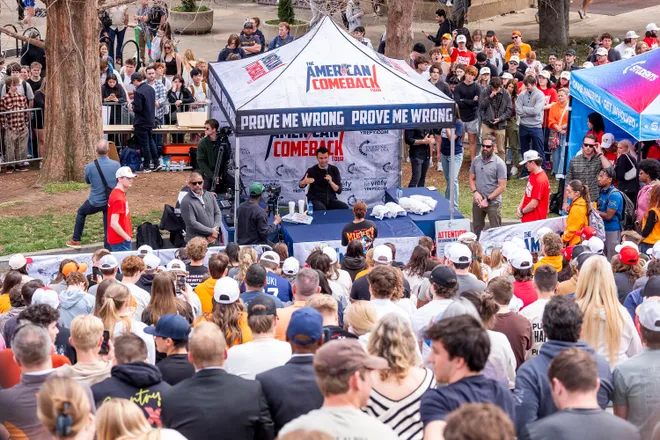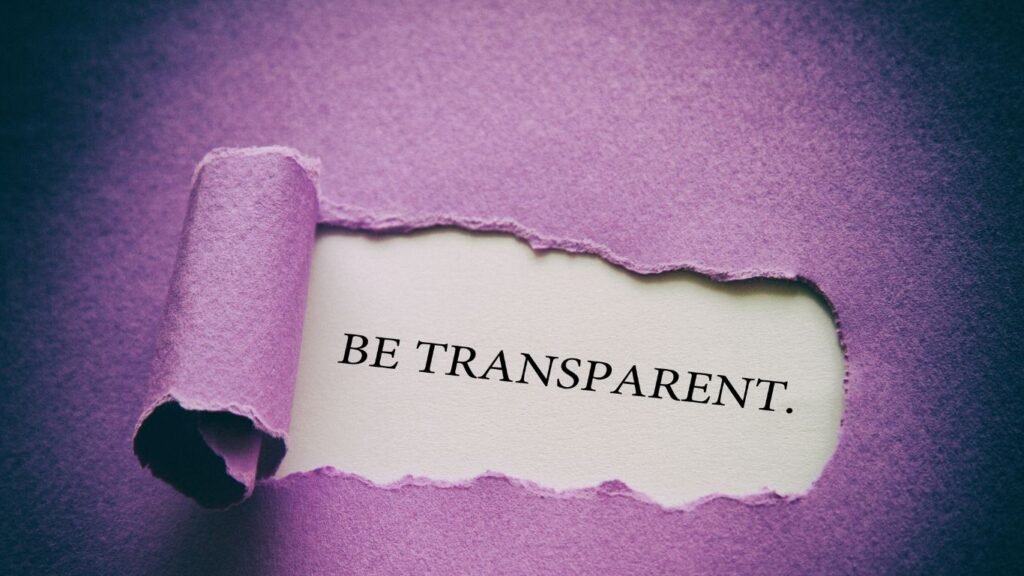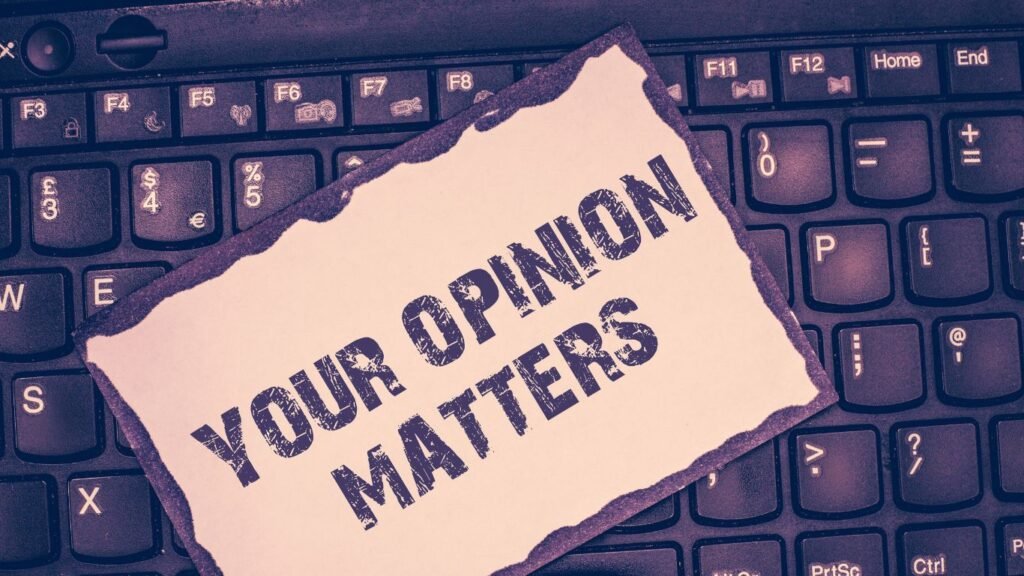Charlie Kirk Assassination: What Happened at Utah Valley University

On September 10, 2025, Utah Valley University prepared for a large Turning Point USA event. Hundreds of students and guests gathered under the open sky to hear Charlie Kirk, the outspoken conservative activist who founded the organization. Kirk stood on the outdoor stage with his usual confidence. His speech, streamed live on multiple social platforms, focused on youth leadership and the 2026 elections.
A few minutes after the start, sudden gunfire ripped through the air. The crowd screamed and scattered. Security teams and police officers rushed toward the sound. They found Charlie Kirk bleeding on the ground with a gunshot wound to his neck. Medics fought to save him, but the injury ended his life within minutes.
The shocking video spread online within an hour. Millions of people watched it in horror. Supporters and critics reacted at once, and social media filled with grief, rage, and speculation. Within hours, the story grew far beyond the tragedy itself. It became a storm of rumors, accusations, and political claims that no one could immediately prove or disprove.
The quick police response
Police officers in Orem, Utah, launched a large manhunt right after the shooting. They collected shell casings, checked surveillance footage, and began interviewing witnesses who had seen the shooter run. Detectives gathered videos from attendees and security cameras around the campus.
Investigators used traffic cameras, social media activity, and cellphone data to trace movements near the event. They tracked a pattern that pointed toward 22-year-old Tyler Robinson, a local resident who had shown anger online toward several political figures. Officers located him at a relative’s home and arrested him after a short standoff.
The Utah County prosecutor’s office charged Robinson with aggravated murder and firearm offenses. Prosecutors told the court they would seek the death penalty, arguing that the attack showed planning and intent. The legal process began immediately, and Robinson’s defense team requested full access to discovery evidence to review the government’s claims.
The investigation turned into a national spectacle. Every update drew enormous attention. Many people believed investigators solved the case quickly, while others argued that the speed looked suspicious. That early divide set the stage for months of conspiracy theories.
The engraved casings and the confusion that followed
When police technicians examined the shell casings, they found something unusual. Several brass casings carried small engravings—short phrases, words, and symbols etched into the metal. The news spread quickly. Some officers described the markings as strange, possibly ideological. Reporters picked up those early comments and released dramatic headlines claiming the bullets carried political messages.
People on social media filled the gaps with their own interpretations. Some claimed the engravings showed hatred toward Charlie Kirk’s conservative beliefs. Others claimed they reflected obscure internet jokes or gaming references. A few commentators connected the phrases to anti-fascist activism or transgender rights.
Within two days, multiple newspapers ran stories that claimed the casings contained a clear “anti-Kirk manifesto.” Those stories gained millions of shares and reinforced the idea that the shooter acted for political reasons. However, as forensic specialists reviewed the evidence more carefully, the simple narrative began to fall apart.
When analysts looked at the engravings closely, they realized the words did not form a coherent message. Many phrases came from online memes, song lyrics, or nonsense catchphrases popular in gaming communities. One casing carried a short cartoon reference; another used a slang term that meant nothing political at all. The investigators concluded that the engravings looked more like random digital graffiti than a clear ideological statement.
Journalists who had published the early interpretation began to correct their reports. Editors admitted that they relied on partial notes and anonymous sources. Those corrections, however, reached only a fraction of the people who saw the original headlines. The public, already angry and suspicious, did not know what to believe.
The explosion of conspiracy theories
The murder of Charlie Kirk created a perfect environment for conspiracy theories. The killing involved a famous political figure, a live audience, a viral video, and secretive forensic details. Everyone wanted an explanation, and very few people had the patience to wait for official evidence.
One major claim said that foreign governments ordered the assassination. Commentators tied the timing of the attack to international tensions in the Middle East. They argued that Kirk had recently criticized Israeli donors or that he had angered certain political lobbies. Rumors circulated that Mossad or another intelligence agency had arranged the killing. Some websites even accused unnamed Jewish donors of orchestrating the attack because of private disagreements about money and political support.
Israeli leaders condemned those claims as lies. They stated clearly that no Israeli official or supporter had any link to the killing. Investigators found no trace of foreign involvement. But the rumor lived on, repeated in podcasts, blogs, and fringe news channels. The story fed anti-Jewish sentiment online and turned a baseless idea into a full-blown narrative of international intrigue.
Another cluster of theories focused on the U.S. government. Several commentators claimed the FBI or another federal agency framed Tyler Robinson. They pointed to the rapid arrest as evidence of a setup. They insisted that investigators planted the engraved bullets to shape a political motive and silence dissent. These claims spread quickly because many people already distrusted federal law enforcement.
Reporters who examined court filings found no sign of fabricated evidence. Investigators presented digital data, witness statements, and surveillance material that connected Robinson to the event. Nothing indicated a frame job. Even so, the “government setup” theory attracted millions of believers who rejected any statement from official sources.
A third theory claimed that Robinson acted out of anger against Charlie Kirk’s stance on transgender rights. Kirk had spoken harshly about gender ideology, and some activists had protested his events. People who believed this theory pointed to the early reports about “trans-related” engravings. Later corrections did not change their minds. Even after forensic experts explained that the markings came from random internet slang, the idea of a “trans revenge attack” stayed alive on social media.
A smaller but louder group claimed the attack was a professional hit arranged by foreign mercenaries or intelligence agents from Russia or Iran. They argued that the precision of the shot and the confusion at the scene looked like the work of trained assassins. No evidence ever supported that claim. The suspect never showed military experience, and the weapon recovered came from a legal local purchase. Still, the image of a “professional hit” gave conspiracy influencers dramatic content to share.
The role of media personalities and influencers
Several high-profile media figures helped those theories explode. Political commentators, YouTube hosts, and social media celebrities discussed the case daily. They used emotional language and dramatic titles to attract views and clicks. Some claimed they only asked “hard questions,” but they often presented guesses as near-certain truths.
Large audiences believed them. When a well-known host repeated a rumor, people treated it as a fact. Listeners reposted short clips that removed every trace of doubt or caution. Each repetition made the rumor stronger and harder to correct.
Some influencers used the tragedy to attack their political enemies. Supporters of Kirk blamed left-wing groups and accused activists of celebrating his death. Critics of Kirk accused his supporters of exploiting the killing for donations and attention. Each side used the event to confirm its existing beliefs about violence and politics in America.
Law enforcement reported dozens of threats against witnesses, journalists, and even members of Kirk’s family. Investigators had to increase security around several people who appeared in conspiracy videos. Online mobs sent hateful messages to anyone who contradicted their chosen version of events.
The same pattern repeated on every platform: rumor, outrage, correction, denial, and another rumor. The public conversation lost all sense of proportion. People started to argue not only about who killed Charlie Kirk but also about which group or nation wanted him dead.
The media’s struggle for accuracy
Major news outlets faced enormous pressure to cover the story quickly. Editors wanted to publish updates faster than social media could spread them. That rush produced mistakes. Reporters quoted unnamed law-enforcement sources who had partial information. Some writers used second-hand descriptions of the engraved casings instead of seeing the evidence themselves.
When those reports turned out wrong, editors corrected them, but the audience had already moved on. Few people read updates or retractions. The false details lingered in thousands of screenshots and posts. The public started to believe that every correction proved a cover-up.
Fact-checking organizations worked for weeks to track every false claim and clarify the record. They confirmed the arrest of Tyler Robinson, the lack of proof for foreign or donor involvement, and the misinterpretation of the bullet inscriptions. They published side-by-side comparisons showing how original stories changed. Despite that effort, most online discussions continued to rely on outdated information.
Many reporters reflected on the experience and admitted that speed overtook accuracy. They realized that simple mistakes can feed huge misinformation loops when politics and violence collide.
The national and political aftermath
Charlie Kirk’s death shocked the political world. Supporters organized candlelight vigils in several states. Leaders from both parties expressed condolences, although their statements quickly turned into debates about political speech and violence.
The White House ordered flags lowered to half-mast for one day. Members of Congress proposed a resolution honoring Kirk’s work with students and young voters. Some lawmakers used the tragedy to push for new security measures at political events. Others focused on the dangers of online hate and radicalization.
Turning Point USA named an interim leader and promised to continue Kirk’s mission. The group organized memorial events and set up scholarships in his name. At the same time, several critics accused the organization of using the tragedy for fundraising. Political tension rose even during mourning.
Law enforcement monitored threats and hate speech that grew from the conspiracies. Officers arrested several people who threatened witnesses and investigators. Courts charged them with making terroristic threats and online harassment. Those arrests showed how digital rumors could turn into real danger.
The unresolved questions
Even after weeks of investigation, many details remain unknown. Investigators have not released the full forensic chain linking each piece of evidence to Tyler Robinson. They have not published the complete timeline of the suspect’s movements or a full psychological evaluation. The motive remains unclear. Prosecutors claim Robinson acted with intent, but they have not described what drove him.
The defense team demands complete access to all forensic reports and digital data. Lawyers argue that the state must show exactly how it connected Robinson to the weapon, the casings, and the scene. They plan to challenge the reliability of the engravings and any digital evidence gathered from social media.
Until the court process finishes, the public cannot know the full story. Those gaps fuel ongoing speculation. People who distrust official explanations treat the lack of information as proof of conspiracy, even when the secrecy exists for legal reasons.
The struggle between truth and rumor
The murder of Charlie Kirk reveals how modern information systems work. Every shocking event now spreads instantly through phones and social networks. The line between eyewitness and reporter disappears. People share video clips, half-formed opinions, and emotional reactions before professional journalists can confirm facts.
Rumor fills every silence. A single phrase from an anonymous source becomes an international headline. A correction appears hours later, but by then, the rumor has already shaped public belief. Conspiracy theories thrive in that environment because they offer clear villains and simple motives in place of messy evidence.
In this case, the conspiracy theories provided identity and belonging for people who already felt anger toward institutions. They gave meaning to chaos. That emotional comfort made them stronger than factual updates. Each correction only deepened believers’ certainty that powerful forces controlled the narrative.
This dynamic does not come from technology alone. It comes from distrust, polarization, and the profit model of digital attention. Platforms reward outrage. Media companies chase clicks. Political influencers turn every tragedy into ammunition for their side.
The responsibility of journalists and investigators
Journalists covering cases like this one must slow down. They must write what they know, not what they imagine. They must resist the pressure to fill gaps with speculation. Readers reward speed, but society pays a price for errors that live forever online.
Investigators also carry responsibility. They must share verified facts quickly enough to prevent wild guesses from taking over. Secrecy may protect an investigation, but complete silence invites chaos. Timely briefings, transparent evidence lists, and clear communication can reduce misinformation.
Both groups—media and law enforcement—need to rebuild trust through openness and consistency. Without that trust, every tragic event will become another battlefield for false stories.
The ongoing court process
The Utah County Court scheduled pre-trial hearings for late 2025. Prosecutors plan to present surveillance clips, witness testimony, and forensic analysis to prove that Tyler Robinson planned and carried out the attack. The defense aims to challenge every part of that chain.
Legal experts expect the case to stretch through 2026 because of its complexity and national attention. The trial will likely include arguments about digital footprints, online radicalization, and the meaning of the bullet inscriptions. Journalists and the public will follow every moment.
Whatever the verdict, the trial will test how well the justice system handles violence mixed with political symbolism and internet rumor. It will show whether a courtroom can cut through a web of misinformation and deliver clarity.
The lasting impact on American discourse
The death of Charlie Kirk changed more than one organization. It forced Americans to look at the growing link between political speech and violence. It showed how quickly the digital world can twist truth into fantasy. It exposed how easily grief can become propaganda.
The event also deepened the divide between people who trust institutions and those who see every tragedy as a plot. For many citizens, the case confirmed the idea that no official story deserves belief. For others, it proved that media manipulation now poses one of the greatest threats to democracy.
Political leaders, journalists, and citizens must learn from this episode. Honest debate and transparent evidence remain the only tools against conspiracy thinking. Truth needs time, patience, and courage. Lies need only speed and anger.
What the future holds
As the trial unfolds, the public will finally hear sworn testimony and see authenticated evidence. The courtroom will separate rumor from fact. Experts will explain the engravings, the digital trails, and the suspect’s actions. The defense will present its own version, and jurors will decide guilt or innocence.
Until then, the story will keep evolving online. New rumors will appear, and old ones will resurface whenever the news cycle slows. The only stable ground comes from verified court documents and firsthand accounts. People who care about truth will need to read those primary sources and ignore noise from social feeds.
Charlie Kirk’s murder remains both a tragedy and a warning. It shows how violence, politics, and misinformation intertwine in modern America. It challenges citizens to think critically and resist easy answers. The facts will emerge through patient investigation, not through outrage or speculation.
The meaning of truth after chaos
Every major event tests society’s ability to find truth. The murder of Charlie Kirk tested it more than most. The public saw violence in real time, reacted emotionally, and then watched a flood of stories reshape reality. Some of those stories began as guesses and hardened into ideologies.
Truth survived only where people slowed down, checked sources, and demanded evidence. Investigators continued their work despite the noise. Fact-checkers and careful reporters rebuilt the record piece by piece. Families, friends, and ordinary citizens who mourned Charlie Kirk deserve that effort.
The case remains open, and the final verdict will take time. But one truth already stands clear: speed kills accuracy, and anger destroys understanding. The world must learn that lesson before the next tragedy invites another wave of lies.
Also Read – Tear Gas, Flames, and Freedom: The Gen Z Movement in Nepal













